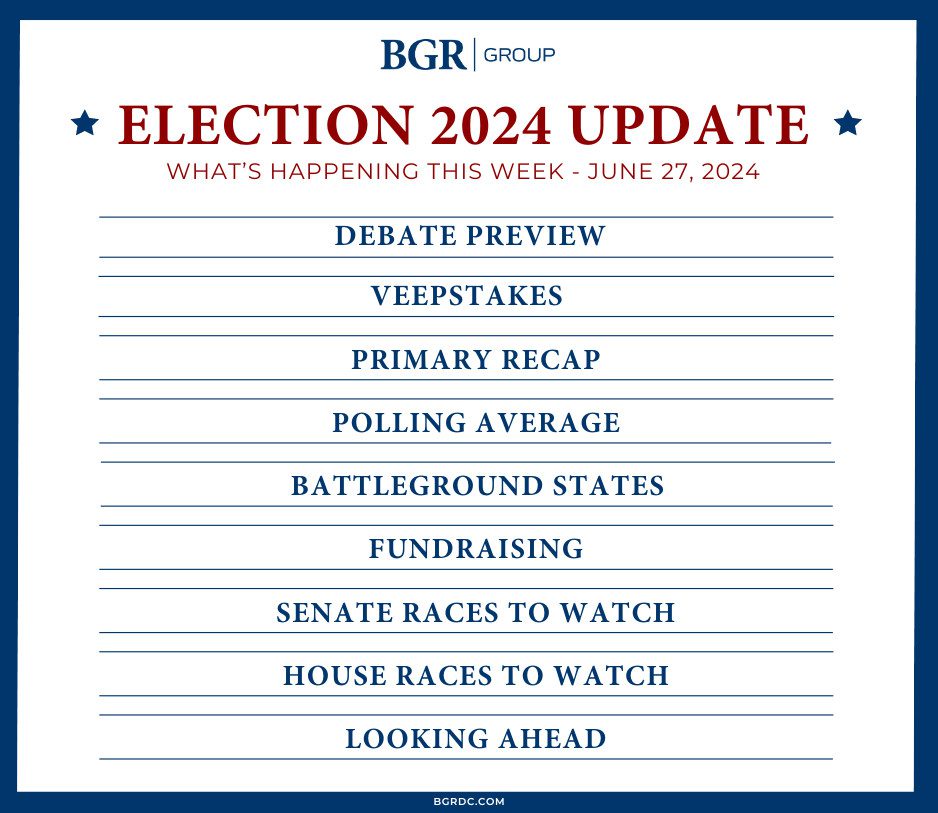By Keaghan Ames, BGR Vice President, Financial Services Practice
Banks received reminders this week from Federal Reserve Chair Powell and FDIC Chair Gruenberg that the long-anticipated Basel III capital requirements, a global effort to harmonize capital standards, are on the way. The rumor is the proposal from the regulators will be out as soon as next month.
In addition to providing some context as to what these requirements will entail, Chair Gruenberg explicitly discussed scope of application. Unfortunately, and yet all-too-expected, regulators continue to use the collapse of Silicon Valley Bank (SVB) as justification for both imposing onerous capital requirements, or revisiting regulatory reform designed to right-size regulation for super regional and foreign banks with assets between $100 billion – $250 billion (medium-sized banks). This will undoubtedly be a head-scratcher for policymakers in the nation’s capital as the failures of SVB and other regionals are well-documented to be failures of risk management and supervision, not in any way due to the health of bank capital in the sector (see BPI).
Putting aside the politicization of SVB, a larger issue looms for medium-sized banks. The last series of comprehensive capital requirements came about with the implementation of Dodd-Frank. Most would not dispute that a comprehensive regulatory framework was necessary following the global financial crisis, but there were several unintended consequences from Dodd-Frank. Among these changes, the closing of a number of medium-sized foreign bank entities including branches and subsidiaries with over 26 firms exiting the U.S. entirely after the passage of Dodd-Frank (See Philadelphia Fed).
Another consequence is with respect to the dwindling presence of these banks in the capital markets; Dodd-Frank reform gradually made it more difficult for medium-sized institutions to compete in capital markets with the largest U.S. banks. For example, foreign banks saw a steady decline of their broker-dealer assets from the beginning of the Dodd-Frank implementation in 2010 until the passage of S.2155 and associated tailoring reform in 2019. Note, that the largest U.S. banks saw an increase in their broker-dealer assets during that same period.

Moving the goal posts again on medium-sized banks through onerous Basel III capital requirements would not only disrupt the growth of medium-sized banks, but could do so in a way that disparately impacts them relative to the largest financial institutions just as it did following the Dodd-Frank reform. This has very real downstream impacts on the ability to lend credit to businesses at competitive rates, which presents with it another series of challenges given the broader macro-economic conditions (see SIFMA and the Chamber).
It will be a critical year ahead for medium-sized banks and their advocacy here in Washington. While large U.S. banks will also take on the new capital requirements, history has shown that they’ve been able to weather the storm with less hardship than the medium-sized banks.




